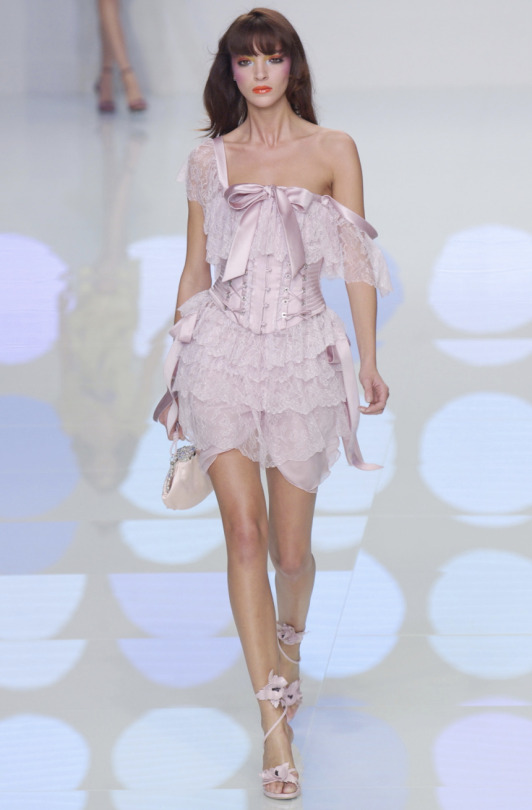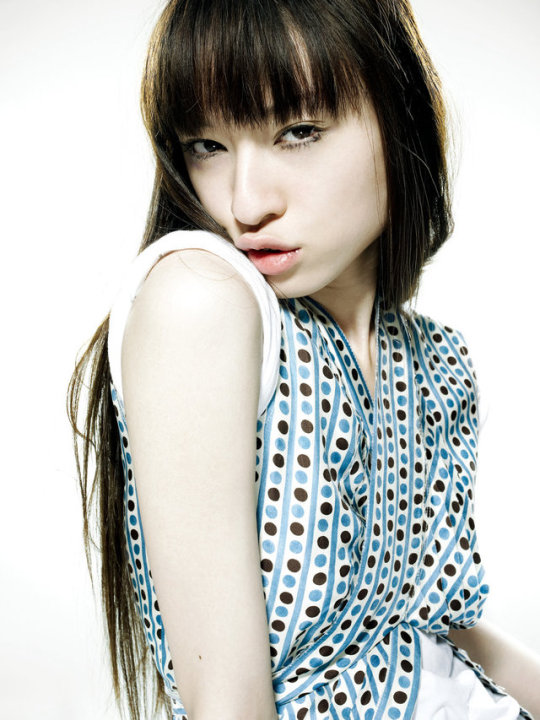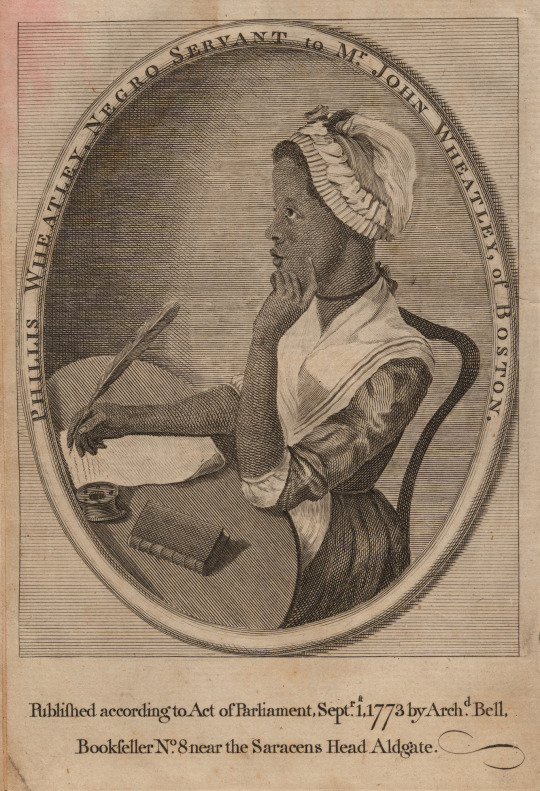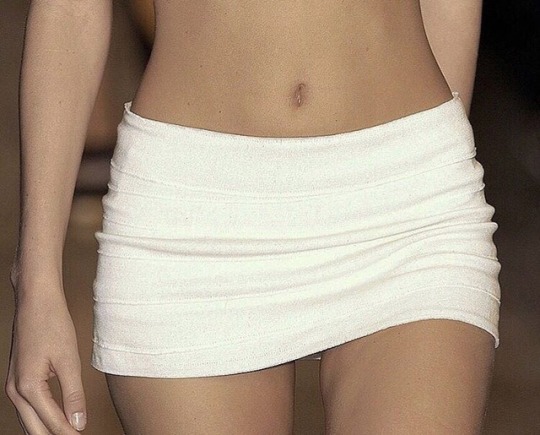#spring04
Text

Valentino Spring 2004 ready-to-wear
#valentino#spring 2004#ss2004#fashion#dress#pink#pastel#lace#corset#skirt#bow#satin#ribbon#lace skirt#ruffles#spring04#rtw#spring2004 rtw#ready to wear#runway#fashion show#catwalk#lacing
54 notes
·
View notes
Photo

i-D Magazine photographer Karina Taira talent Chiaki Kuriyama
85 notes
·
View notes
Photo

#SetonHall2004 #SetonHall2006 @thejeffbrooks & @_r1m3 @psp_gallantgamma #PhiMansPhinest #PhimansPliness when it’s reppin time #PsiSigmaPhi #PSPORG #Spring04 #GallantGammaLineBrothers #GG5 #GG6 #PhimanPrimetime #PhimanAi #PhimanArtificialintelligance “y’all might think I won’t murder you the way i smile, but I’m gon’ take a lot pf shots A.I. style” ~ Jadakiss - I’m Not You by the Clipse (at Seton Hall University) https://www.instagram.com/p/B-JDDFlHBV6/?igshid=1qdglxlxxgqlz
#setonhall2004#setonhall2006#phimansphinest#phimanspliness#psisigmaphi#psporg#spring04#gallantgammalinebrothers#gg5#gg6#phimanprimetime#phimanai#phimanartificialintelligance
0 notes
Photo

Moorhead, Scipio, Active, Engraver. Phillis Wheatley, Negro servant to Mr. John Wheatley, of Boston. [London, Archd. Bell, Sept. 1] Photograph. Retrieved from the Library of Congress, <www.loc.gov/item/2002712199/>.
Born in West Africa, Wheatley was captured and sold into slavery at seven or eight years old. This portrait is the only known image of her. The creation of this portrait engraving is attributed to an enslaved man named Scipio Moorhead. The portrait style is used to record appearance and personality, and this portrait is described by many scholars as “a seminal example of African American art produced in a conventional Western mode” because of its “revolutionary and defiant rhetoric” (Gold 1170-1171).
Wheatley’s portrait is credited as the first time a colonial woman--of any race--is shown in concert with her published writings. Her reflective expression, posed hand, and active quill represent her as an individual with the ability to reason.
Typical images of black women in Western media emphasized their presumed hypersexuality and only “celebrated beauty of the white hand of the artist in comparison with the diabolic hand of the model” (Smalls). This is evident in Marie-Guillemine Benoist’s 1800 “Portrait d’une negresse” and David Martin’s 1778 “Portrait of Dido Elizabeth Belle Lindsay and Lady Elizabeth Murray.”
In saying all this, Phillis Wheatley’s portrait demonstrates a value of her mind rather than the value of her body under a capitalistic, heteropatriarchal, slave state.
Citations
Gold, Susanna W. “Recovering Identity: Nineteenth-Century African American Portraiture.” American Quarterly, vol. 58 no. 4, 2006, p. 1167-1189. ProjectMUSE, doi:10.1353/aq.2007.0009.
Smalls, James. “Slavery Is a Woman: 'Race,' Gender, and Visuality in Marie Benoist's Portrait D'une Négresse (1800).” Nineteenth-Century Art Worldwide, 2004, www.19thc-artworldwide.org/spring04/286-slavery-is-a-woman-race-gender-and-visuality-in-marie-benoists-portrait-dune-negresse-1800.
73 notes
·
View notes
Photo

Principles of Feng Shui
http://iml.jou.ufl.edu/projects/Spring04/McDonald/html/principles.htm
One of the fundamental principles of Feng Shui is Yin and Yang. It is a representation of balance and continual change. Yin and Yang is a foundation theory for Feng Shui that supports its other theories such as the Five Elements theory which will be discussed later in this section.

0 notes
Note
What is yellow journalism?
fake propaganda, or twisting the truth
for example: spreading false information to the mass public so that theyll believe a lie
it happened during the spanish-american war (when a cigarette blew up the uss maine off the coast of cuba when it ignited its fuel. they blamed the spanish with very little evidence)
it happened during world war 1 (when german u-boats were blowing up american ships transporting people and other goods, exept weapons, into england.)
and its happening between the two political parties currently (extreme right and extreme left keep throwing shit at each other when in reality there has to be someone whos like: im all against abortion but noone cant stop the people who think its ok so let them have it anyways. same with other liberal/democratic reasonings)
i mean SOME of it might be true, but its mostly either a full-out lie or a twist of words
heres more articles on it where you can read more:
https://en.wikipedia.org/wiki/Yellow_journalism
https://history.state.gov/milestones/1866-1898/yellow-journalism
http://iml.jou.ufl.edu/projects/spring04/vance/yellowjournalism.html
https://daily.jstor.org/to-fix-fake-news-look-to-yellow-journalism/
and heres a little thing someone wrote about the use of todays yellow journalism, especially with the negativity (its about the scandall of trump and russian hookers back in january): http://dailycaller.com/2017/01/11/welcome-to-the-new-yellow-journalism/
and heres another thing, spreading negativity is making people hate the world more, thats why there are extreme rights and lefts: they believe yellow journalism
1 note
·
View note
Text
History of Surfing
Surfing is one of the oldest practiced sports on the planet. The art of wave riding, is a blend of total athleticism and the comprehension of the beauty and power of nature. Surfing is also one of the few sports that creates its own culture and lifestyle. The act of riding waves with a wooden board originated in Western Polynesia over three thousand years ago. The first surfers were fishermen who discovered riding waves as an efficient method of getting to shore with their catch . Eventually catching waves developed from being part of everyday work to being a pastime. This change revolutionized surfing. There is no exact record of when stand-up surfing became a sport. It is known that during the 15th century, kings, queens and people of the Sandwich Isles were big into the sport of "he'enalu" or wave-sliding, in old Hawaiian,. "He'e" means to change from a solid form to a liquid form and "nalu" refers to the surfing motion of a wave. Early historical records of surfing appear in the late 1700s, when Europeans and Polynesians made first contact in Tahiti. Navigator Captain James Cook described how a Tahitian caught waves with his outrigger canoe just for the fun of it: "On walking one day about Matavai Point, where our tents were erected, I saw a man paddling in a small canoe so quickly and looking about him with such eagerness of each side. He then sat motionless and was carried along at the same swift rate as the wave, till it landed him upon the beach. Then he started out, emptied his canoe, and went in search of another swell. I could not help concluding that this man felt the most supreme pleasure while he was driven on so fast and so smoothly by the sea." The first Polynesian settlers to land in Hawaii were most likely skilled in simple surfing, and after a few hundred years of riding the waves of Hawaii, the well-known Hawaiian form of the sport emerged. The Hawaiians who surfed, the ali'i or high class, claimed the highest reputation for skill with boards on waves. They developed their own prayers, board shapers, wood and beaches where a select few could surf with people of their talent. No one dared to drop in on their wave in fear of getting punished and possible dying. The surfboards underwent a sacred ritual before construction. Only three types of trees were picked to make a board. The board maker would dig up the tree and around the roots place fish in the hole as an offering to the gods for the tree. The process of shaping then began. There were four basic board types used in ancient Hawaii: - The paipo or kioe, a body board, from 2-to-4 feet long, usually used by children. - The alaia (ah-LAI-ah) or omo (O-mo), a mid-sized board, about 8 feet or longer. - The kiko`o, larger than the alaia, but not as big as the biggest boards; between 12 and 18 feet; good for bigger surf, but requiring a high level of skill to handle. - The olo (O-lo), a very long surfboard reserved for royalty that could be as long as 18-to-24 feet in length. SOURCE: http://iml.jou.ufl.edu/projects/spring04/britton/history.htm
#polynesian#surf#surfing#history#water#waves#surfboard#ocean#nature#tide#swell#powerful#love#riding#travel#trip#traveling#travelgram
2 notes
·
View notes
Text
http://www.19thc-artworldwide.org/spring04/286-slavery-is-a-woman-race-gender-and-visuality-in-marie-benoists-portrait-dune-negresse-1800
https://smarthistory.org/benoist-portrait/

The earliest known portrait of a black women is a ‘Portrait of Madeleine’, formally known as Portrait of a Negress by Marie-Guillemine Benoist. (see image 1). This painting first exhibited in the Louvre in 1800. Although picked out by art critics, it evoke a negative response, being described as “noirceur” meaning “black stain” by a critic for a conservative paper. The piece consists with the Neoclassical conventions of portraiture prevailing France at the time; depicting a woman, oriented to the left, facing the audience with a sober expression. However, this woman is black and unlike standard 18th century painting, she is not companied by a white woman. Painted by a female who belonged to a small circle of professional female painters, it is thought that the piece was painting of the artists own initiative, as a small voice of protest to slavery and the treatment of women.
0 notes
Photo

Issey Miyake spring04
0 notes
Link
0 notes
Photo

Took a pic of all my LBaes #spring11 #spring06 #spring04 #springSexy
0 notes